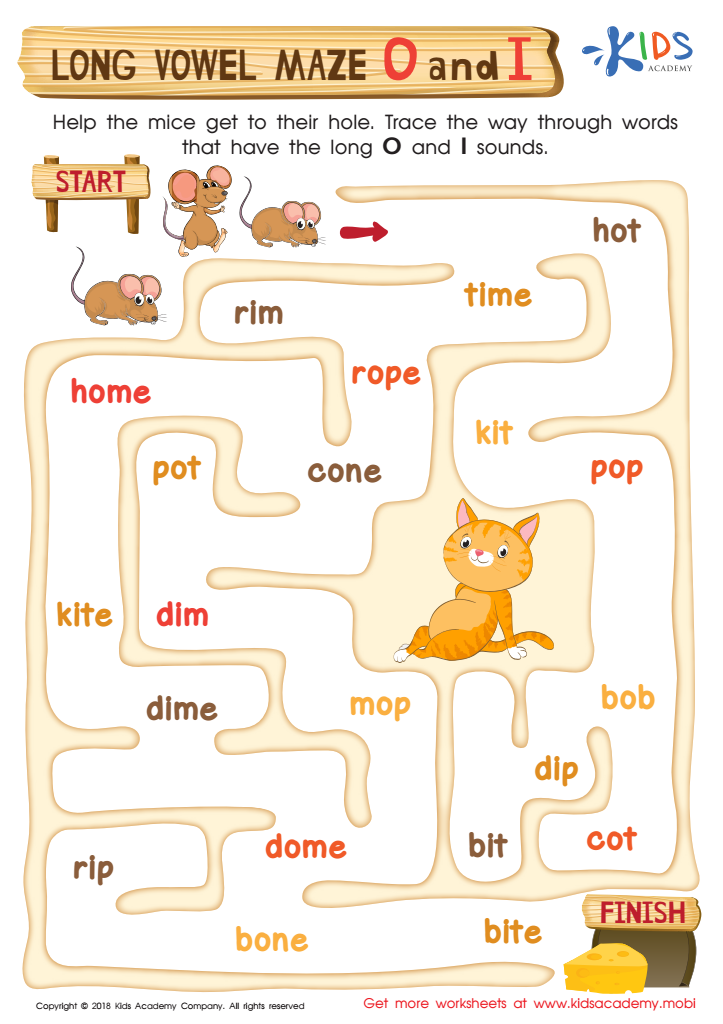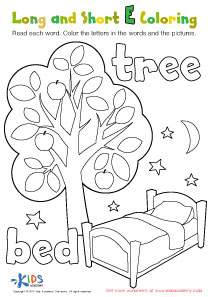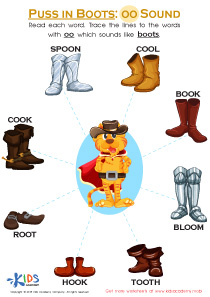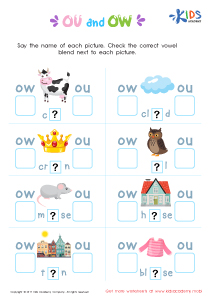Hand-eye Coordination Normal Long Vowels Worksheets
3 filtered results
-
From - To
Enhance your child's learning experience with our "Hand-eye Coordination Normal Long Vowels Worksheets." Designed for early learners, these engaging worksheets seamlessly integrate long vowel sounds with fun hand-eye coordination activities. Kids will practice tracing, coloring, and matching as they reinforce their understanding of long vowels, making learning both effective and enjoyable. As children connect physical movements with phonetic skills, they develop essential motor skills and auditory understanding. Perfect for classrooms or at-home practice, these worksheets cater to young learners’ needs, ensuring a comprehensive early literacy experience. Explore our collection and help your child thrive in their educational journey today!


Long Vowel Maze /o/ and /i/ Worksheet


Long and Short U Worksheet


Long and Short E Worksheet
Hand-eye coordination and the understanding of normal long vowels are critical for early childhood development, making them important focuses for parents and teachers.
Hand-eye coordination is essential for a child's overall physical development. It influences their ability to perform everyday tasks, such as writing, drawing, and participating in sports. Strong hand-eye coordination fosters fine motor skills and encourages confidence, enhancing a child's willingness to engage in various activities.
On the other hand, long vowels are a fundamental component of phonics and reading fluency. Mastering long vowels helps children decode words more effectively, leading to improved reading comprehension. When children understand how long vowels function within words, they become more confident readers, which positively impacts their academic performance.
Parents and teachers should care about these areas because they are interconnected aspects of learning. Hand-eye coordination supports reading-related tasks like writing and recognizing letters, while comprehension of long vowels directly impacts literacy skills. By fostering both skills, parents and educators can enhance a child's learning experience, promoting a well-rounded development that supports academic success. Investing time and resources in these areas ultimately prepares children for future challenges in school and everyday life, laying a solid foundation for lifelong learning.

 Assign to My Students
Assign to My Students
















